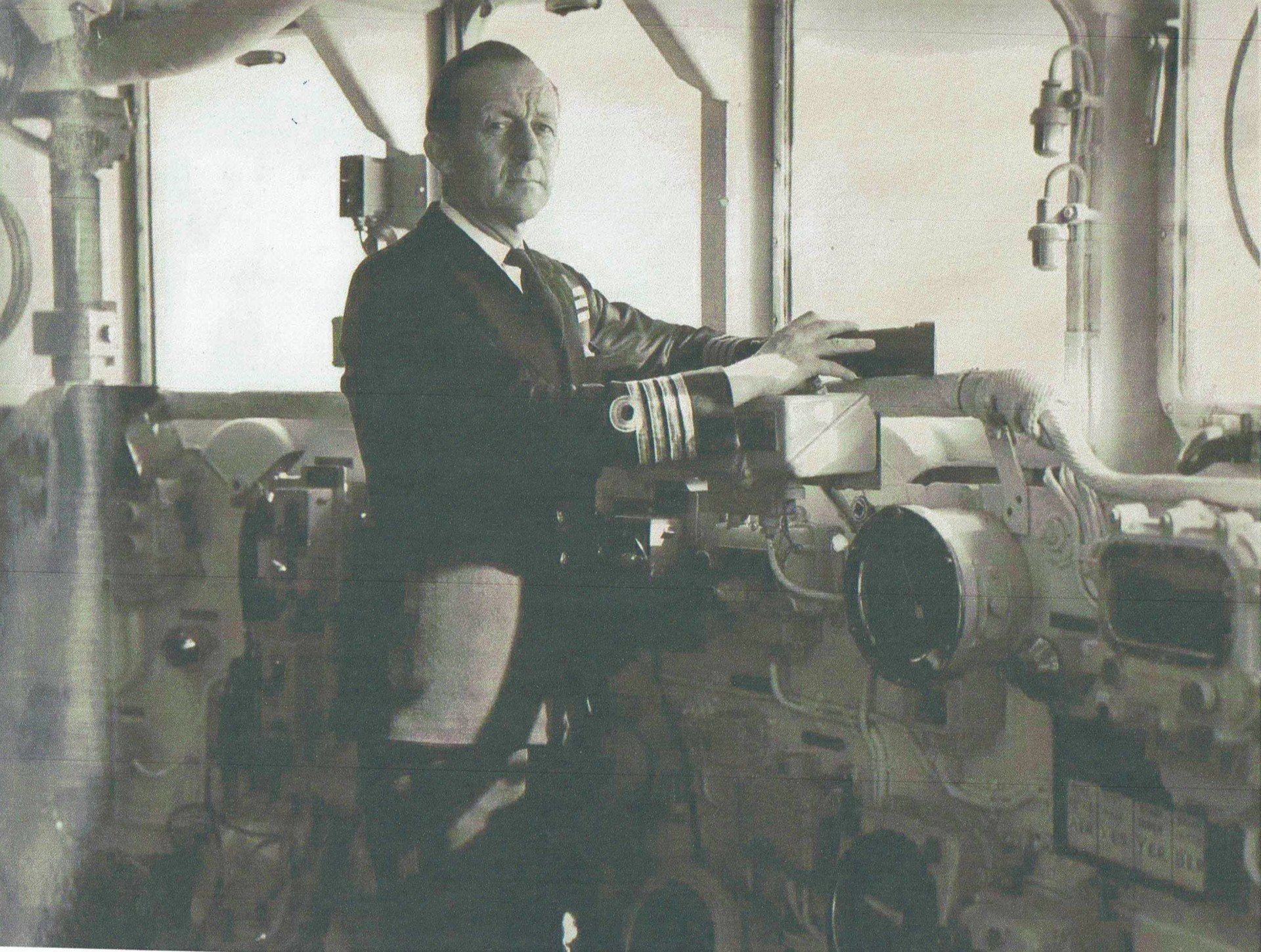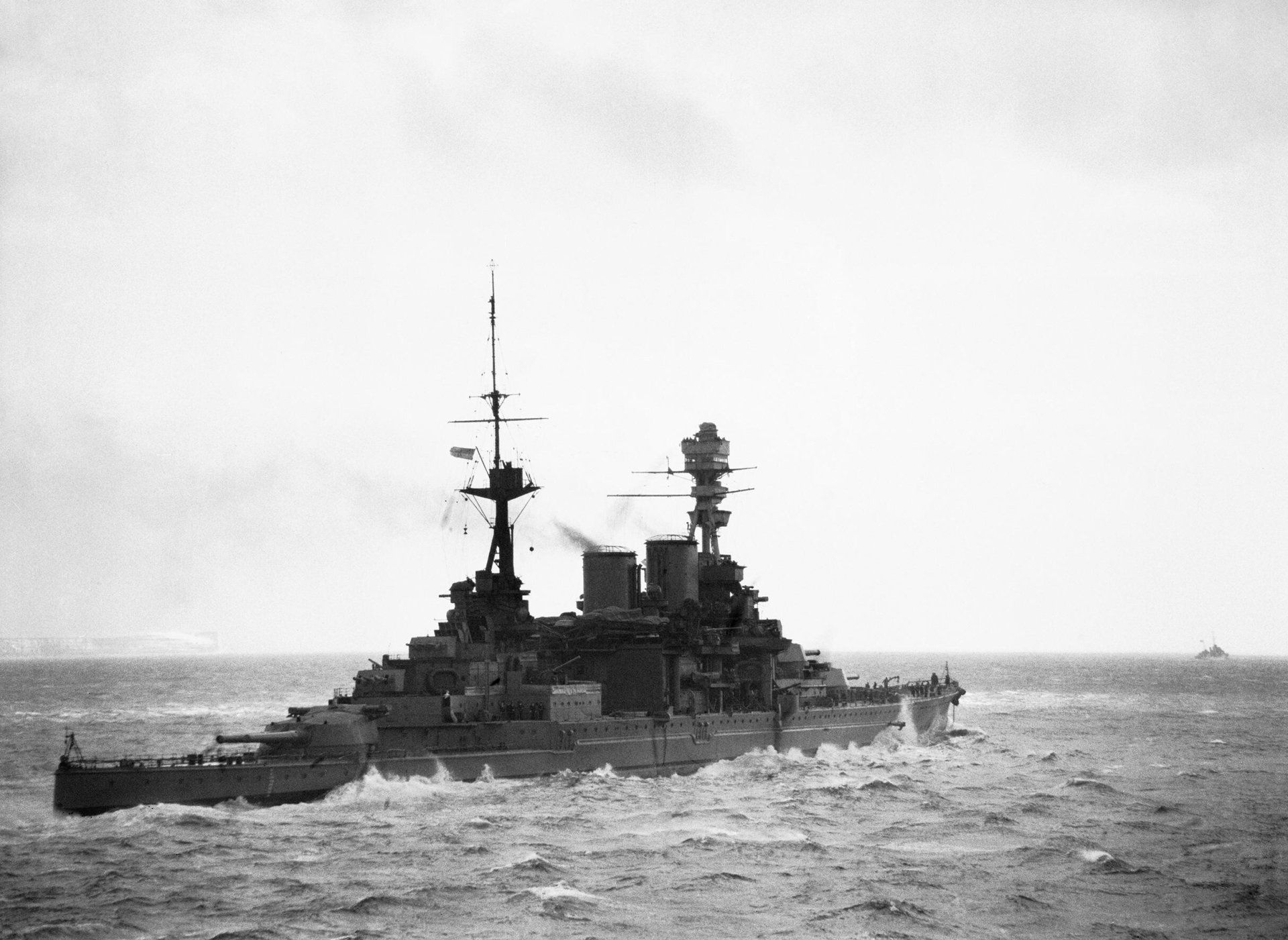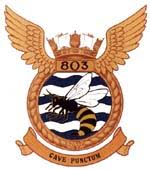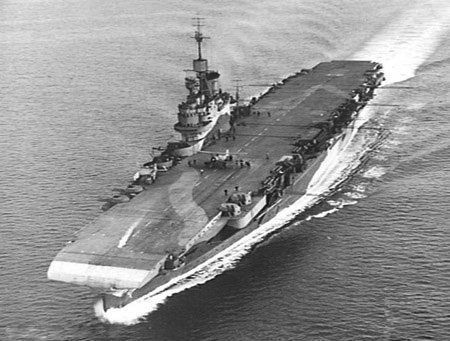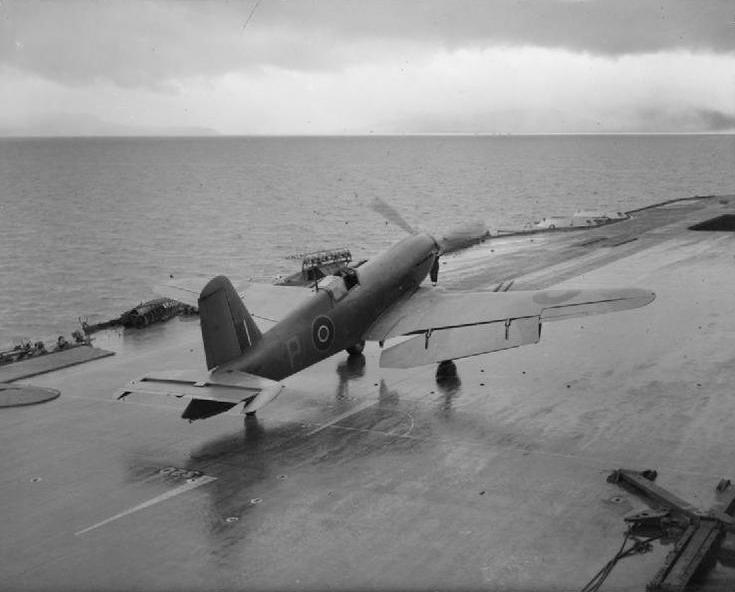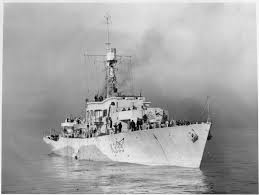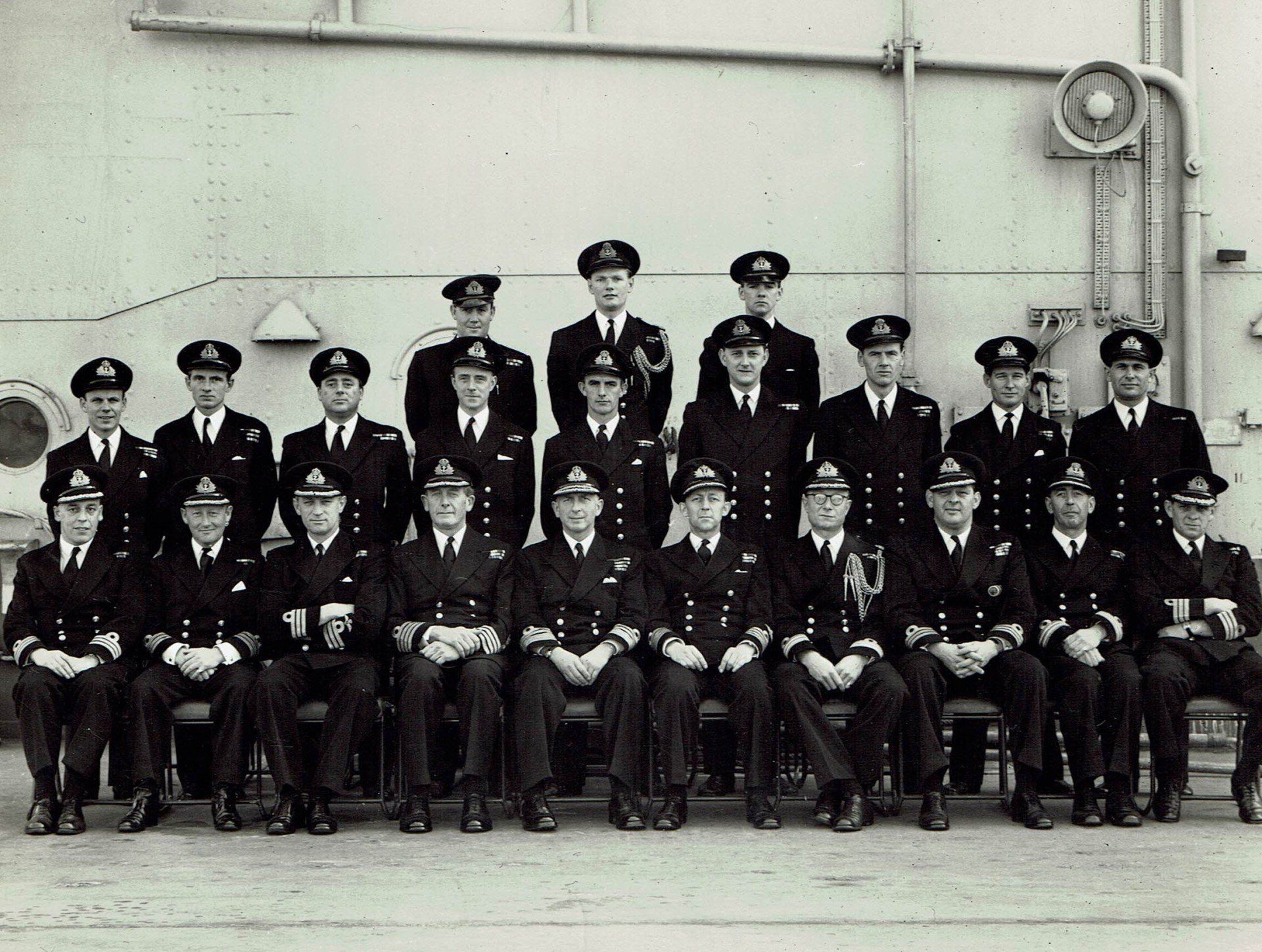Cadet 1925-1926
DRFC left Westminster School in the summer of 1925 and became a cadet at the HMS Thunderer(right). This Orion-class dreadnought battleship was built early in the century. After her active service she was converted into a training ship in 1921 until she was sold for scrap in 1926. Therefore DRFC must have been one of the last generation of cadets to train there.

